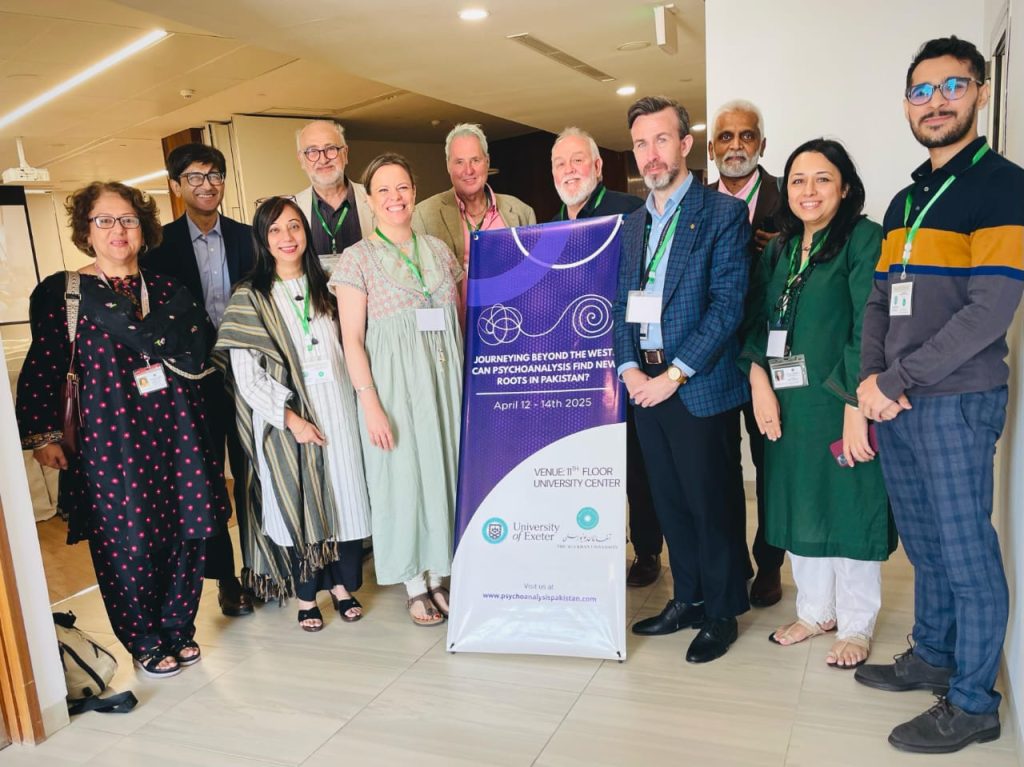Tobacco Harm Reduction (HaHaTHR) offers a promising path forward for Pakistan by encouraging smokers who choose to continue smoking to transition to less harmful alternatives. Healthcare experts can educate smokers about the severe risks associated with smoking and the comparatively reduced harm posed by THR products.
Shahmir, a 33-year-old from Karachi, had been battling a smoking habit for over a decade. He connected with a supportive online wellness expert specializing in THR. “At such a young age, I was dealing with breathing issues and high blood pressure. The expert introduced me to THR products like vapes and oral nicotine pouches. Initially, he recommended quitting smoking entirely, but that if I chose to continue, I should opt for less harmful THR alternatives. Since I was not ready to give up nicotine completely, he supported my use of oral nicotine pouches, which significantly improved my well-being over time. The expert monitored my progress for several months, aiding my complete transition. I believe that in Pakistan healthcare professionals can play a similar role in addressing the smoking epidemic. They can promote awareness and suggest better alternatives to patients who smoke, enabling them to make informed decisions about their health,” said Shahmir.
Moreover, World Health Organization’s (WHO) stance on banning products, is a complex issue. While the intention behind such bans is to protect public health, they can sometimes have consequences. For instance, if the WHO continues to ban products without providing viable alternatives or addressing the underlying reasons why people smoke, it could lead to increased retaliation and acceptance among the youth. This could manifest as a desire to rebel, potentially leading to a rise in the use of banned products or the search for more dangerous alternatives. Therefore, it is essential for public health policies to balance regulation with education and harm reduction strategies. By providing accurate information and promoting better alternatives, governments and health organizations can help reduce the number of smokers and mitigate the risks associated with smoking, while also considering various other factors that influence smoking behavior among the youth.










